Rick Made $40,000 In 30 Days W/ Boosted ECOM
Join the 1000+ Faceless Creators
patrick@boostedecom.com
© 2025 Boosted ECOM Incorporated. All rights reserved.
CONNECT WITH ME

heyboostedecom@gmail.com
Toronto, Canada
© 2023 Boosted Academy. All rights reserved.

